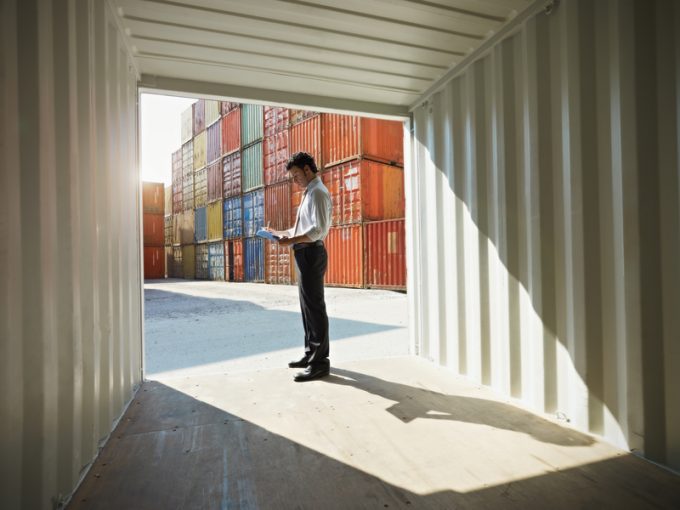MSC to launch new Oceania-US east coast Eagle service next year
Australian and New Zealand exporters to North America are set to get the second direct ...

The battle for a market that could amount to 30m teu globally is now between carriers, forwarders and digital offerings, delegates at this week’s TOC Container Supply Chain conference in Rotterdam were told.
Lars Jensen, chief executive and partner of SeaIntelligence Consulting, said: “There will be a ...


Comment on this article